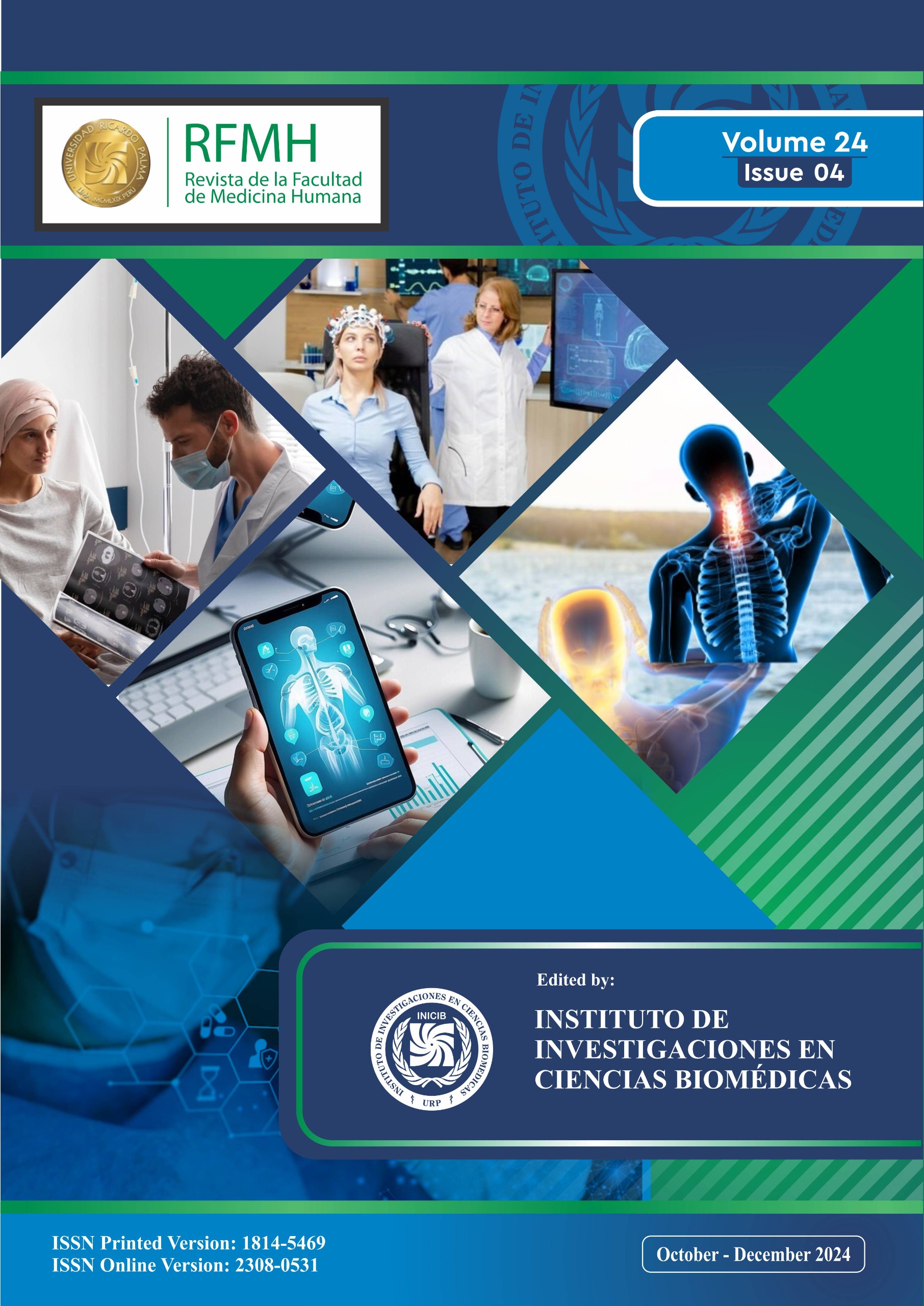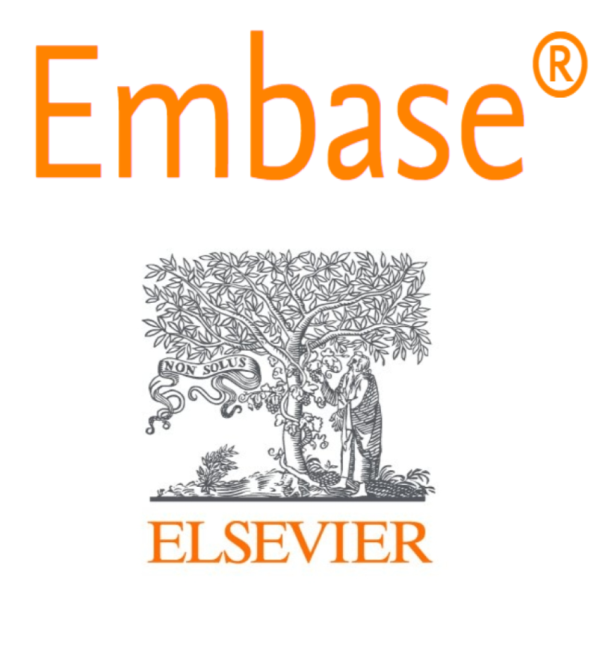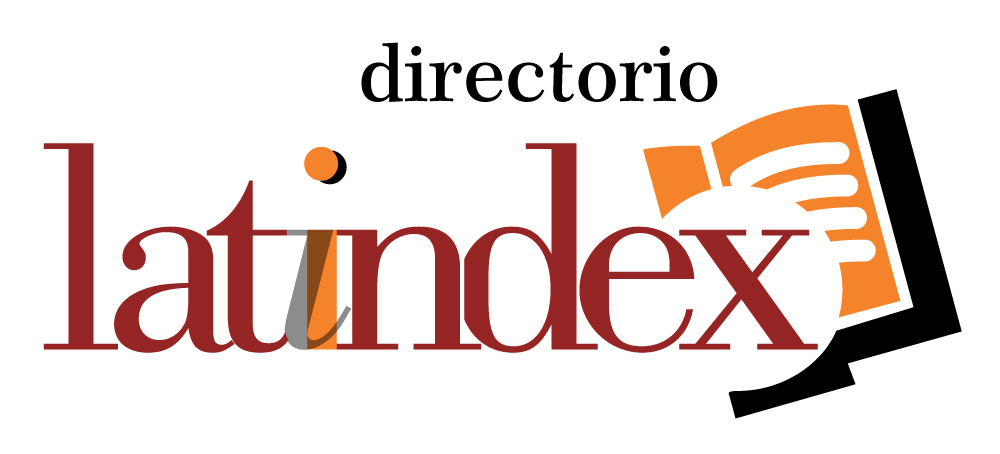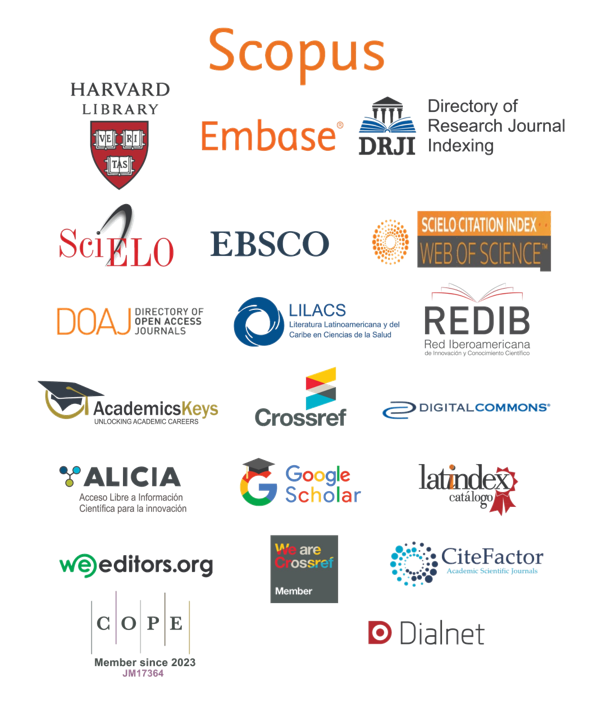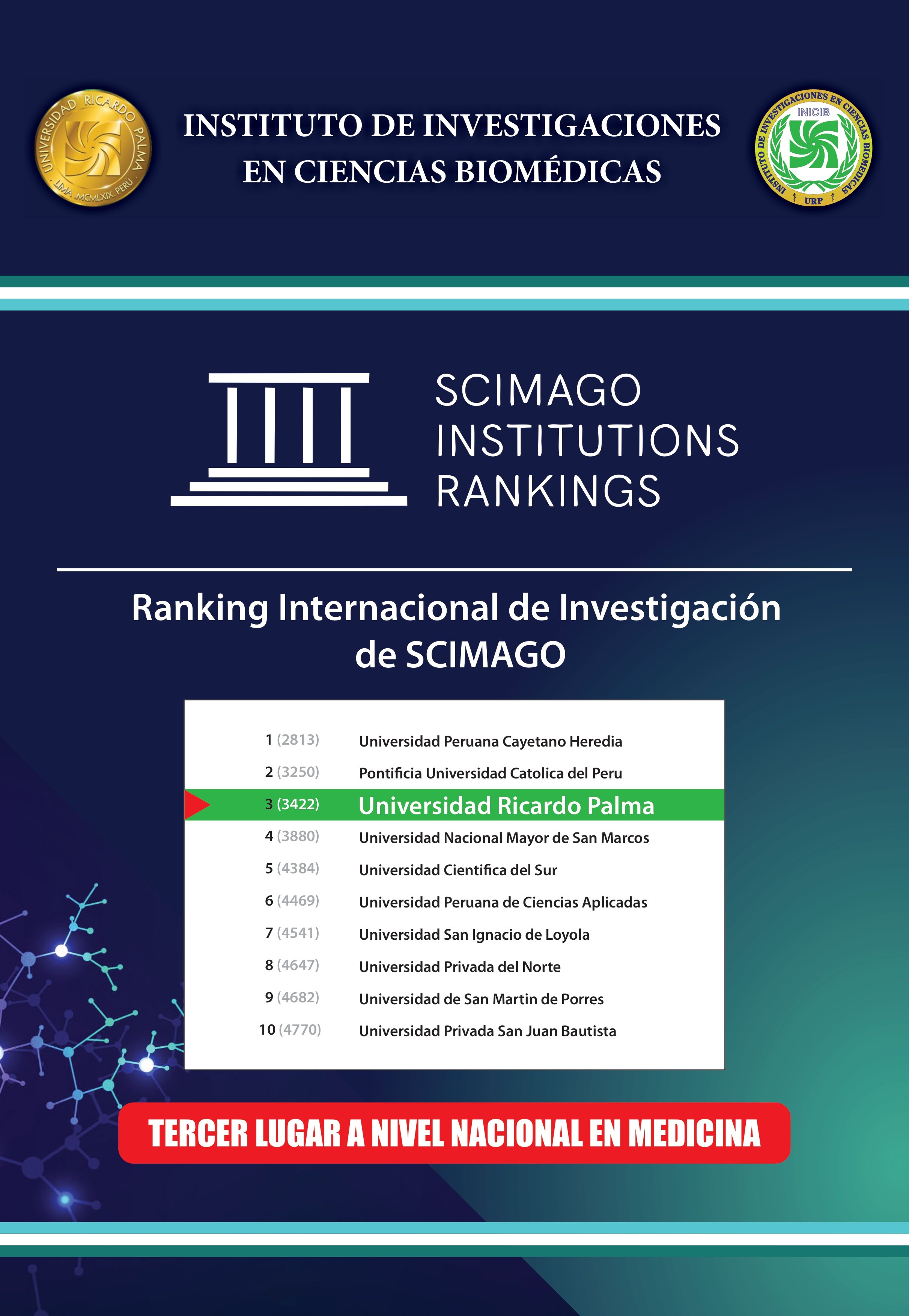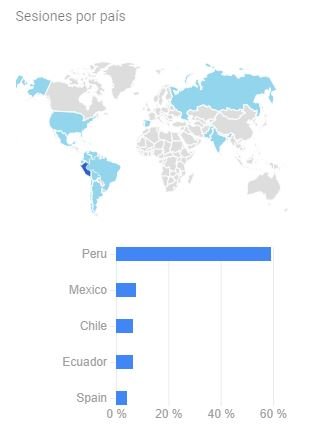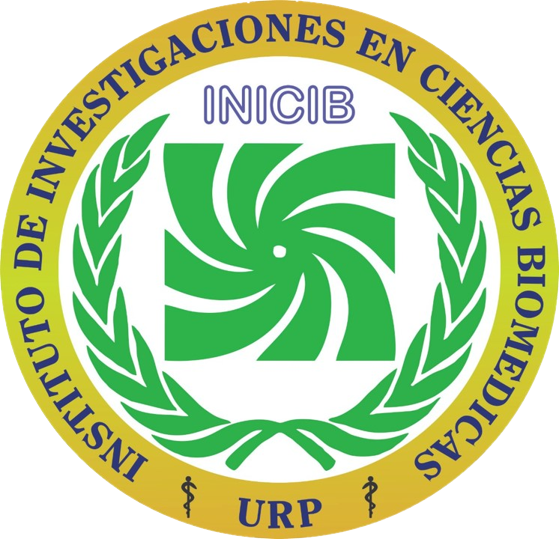Application of the Integrated Autoregressive Method of Moving Averages for the analysis of series of cases of COVID-19 in Peru
Aplicación del Método Autorregresivo Integrado de Medias Móviles para el análisis de series de casos de COVID-19 en el Perú
Keywords:
Forecasting, Pandemics, CoronavirusAbstract
Objective: To estimate an Integrated Autoregressive Moving Average model (ARIMA) for the analysis of series of COVID-19 cases, in Peru. Methods: The present study was based on a univariate time series analysis; The data used refer to the number of new accumulated cases of COVID-19 from March 6 to June 11, 2020. For the analysis of the fit of the model, the autocorrelation coefficients (ACF), the unit root test of Augmented Dickey-Fuller (ADF), the Normalized Bayesian Information Criterion (Normalized BIC), the absolute mean percentage error (MAPE) and the Box-Ljung test. Results: The prognosis for COVID-19 cases, between June 12 and July 11, 2020 ranges from 220 596 to 429 790. Conclusions: The results obtained with the ARIMA model, compared with the observed data, show an adequate adjustment of the values; And although this model, easy to apply and interpret, does not simulate the exact behavior over time, it can be considered a simple and immediate tool to approximate the number of cases.
Downloads
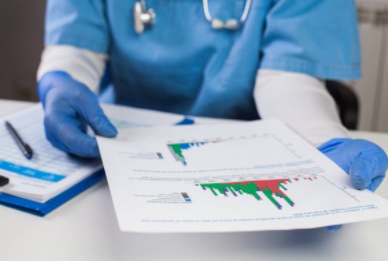
Downloads
Published
How to Cite
Issue
Section
License
Copyright (c) 2020 Revista de la Facultad de Medicina Humana

This work is licensed under a Creative Commons Attribution 4.0 International License.



